
COVID-19: Which Airlines will pull out of Australia?

With Australia halving the number of international passengers it will allow to enter Australia after 14 July, airlines will need to quickly evaluate if it’s still worth maintaining a service to Australia.
At the moment, with something like 35 to 50 passengers per flight paying approximately AU$5,000 to AU$8,000 for a seat (say from London), flights would not be economically viable without carrying freight in the belly of the beast. In fact, it’s probably that freight carriage that makes these flights even close to economical.
Content of this Post:
Current and future limits
At the moment there is a capacity limit on international travellers entering Australia of around 6,000 per week and that will drop to closer to 3,000 per week after 14 July, halving capacity. Capacity limits will not be raised until we meet the next phase of the Prime Minister’s (Scott Morrison) plan.
In the interim, there will be an increase in repatriation flights, presumably contracting Qantas metal as they have done previously, and some trialling of at-home quarantining for vaccinated passengers. If a success, that should raise capacity limits, as the strain on hotel quarantine is the reason for halving the current capacity.
The Prime Minister is also trialing some charter flights for returning overseas students.
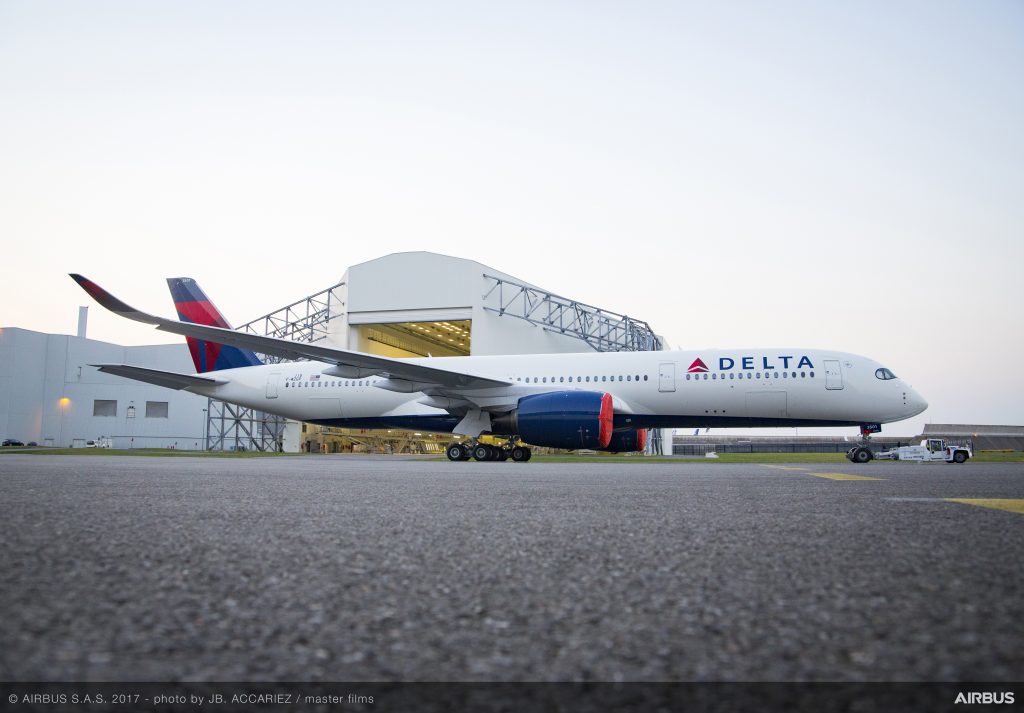
The Airlines that fly here
At the moment the airlines that fly into Australia include:
- Aircalin
- Air New Zealand
- Air Niugini
- All Nippon Airways
- American Airlines
- Cathay Pacific
- China Eastern Airlines
- China Southern Airlines
- Delta AirLines
- Emirates
- Etihad
- Garuda Indonesia
- Japan Airlines
- Korean Air
- Qatar Airways
- Scoot
- Singapore Airlines
- United Airlines
- Vietnam Airlines
- Xiamen Airlines
The frequency of these airlines service differs greatly, with some airlines only flying in once a week or so, and not all flights necessarily bring passengers. Some are essentially freight flights.
“There will be a decrease in the commercial arrivals but an increase in what are called ‘the facilitated arrivals’ to Howard Springs in the Northern Territory.”
Greg Hunt, Federal Health Minister
Airlines might withdraw from Australia?
ET is reporting that some airlines might be contemplating withdrawal from Australia. I’m not so sure we will see that many. Frequencies might change, but I’m not convinced there will be that many withdrawals and here are the reasons why:
- Airlines that withdraw might jeopardise their rights to fly to Australia
- Passengers make little contribution to the economics of flying to Australia during the pandemic
- Freight demand will not be affected by the capacity limits
Most likely, we might see a reduction in the frequency of flights by some airlines, or lobbying for foreign carriers to be included in contract eligibility for repatriation and returning student flights.

2PAXfly Takeout
This is another timely reminder to wear your seatbelt when seated. Holding you close to your seat will protect you from the sort of injuries sustained on this flight, when unsecured passengers flew to the ceiling of the aircraft, and then came crashing down once the ‘drop’ ceased.
The hope will be that this is an anomaly – a ‘freak accident’ in casual parlance. If it is a systemic error either mechanical or electronic, then this is a larger concern for the airlines that fly Boeing Dreamliner 787 aircraft. Let’s hope it isn’t. If it is, it will pile on the woes to Boeing’s existing stack.
I’m not convinced that Airlines will withdraw completely from the Australian market due to this temporary reduction by 50% in passenger capacity into Australia because cargo is currently the main game.
On the other hand – this reduction will not be good for international airlines, and they have any right to lobby for the reduction to be as temporary and short as possible.


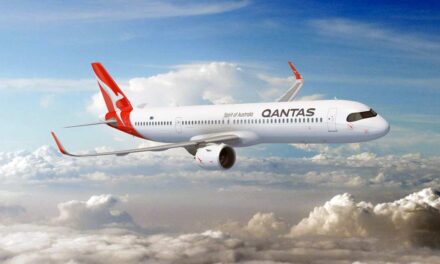








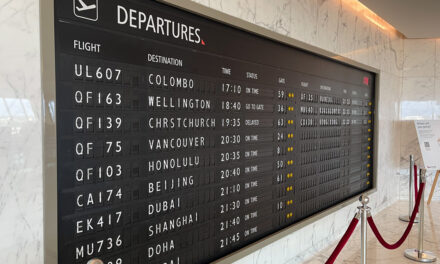








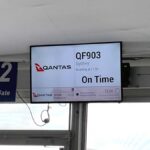

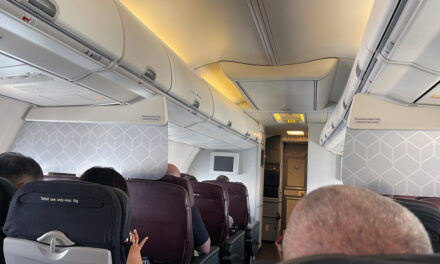











What did you say?